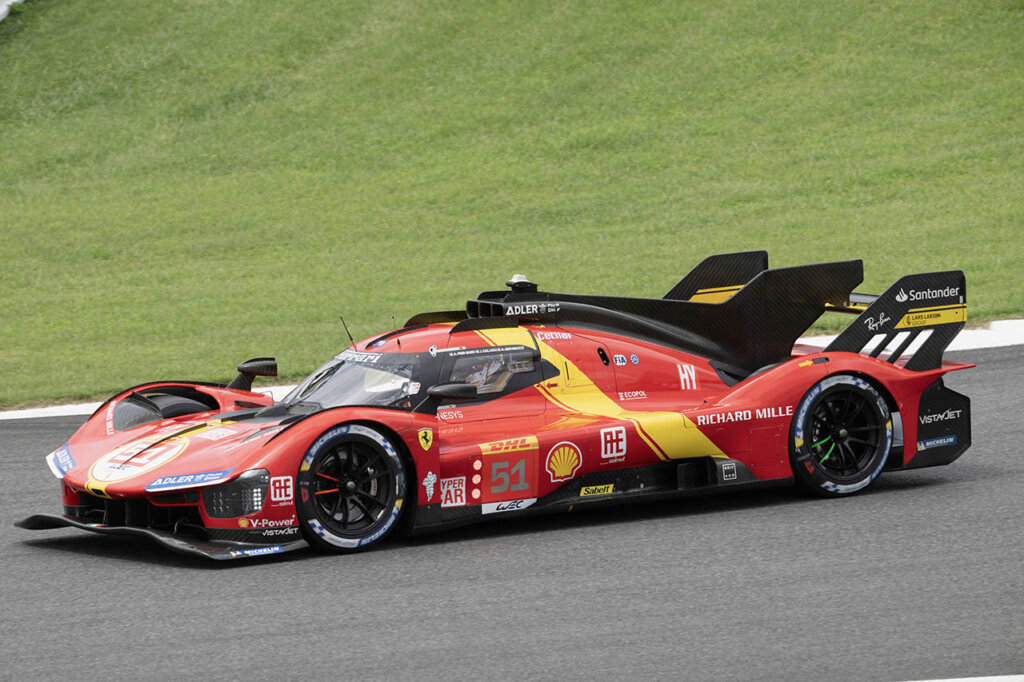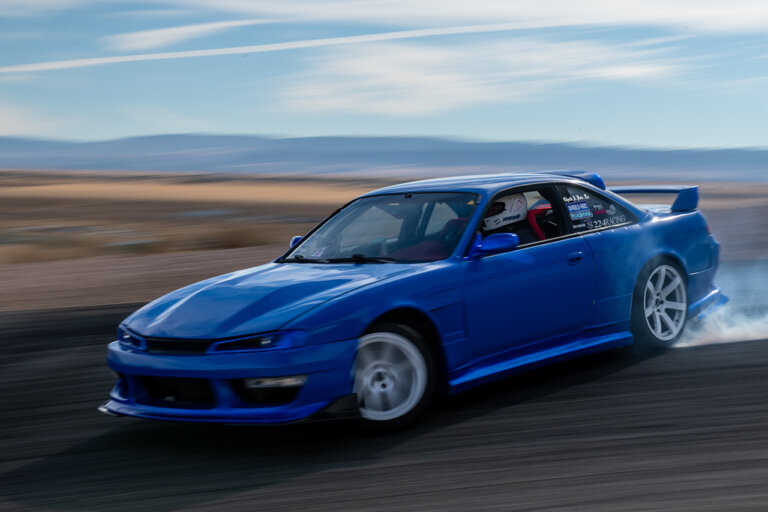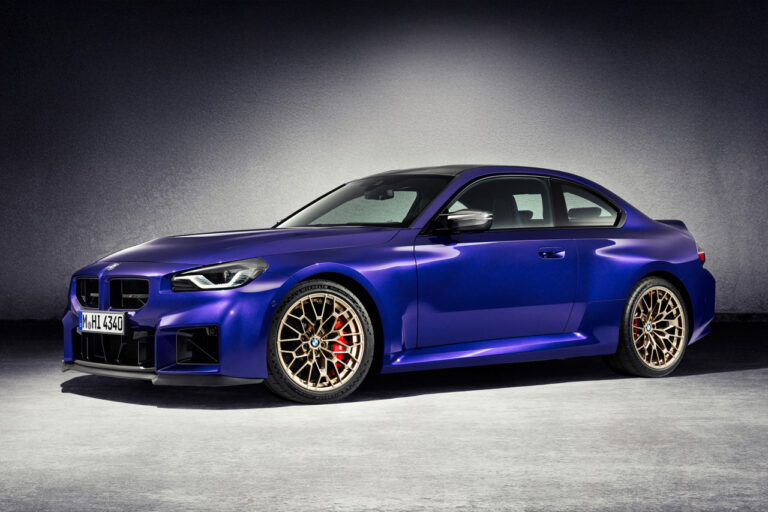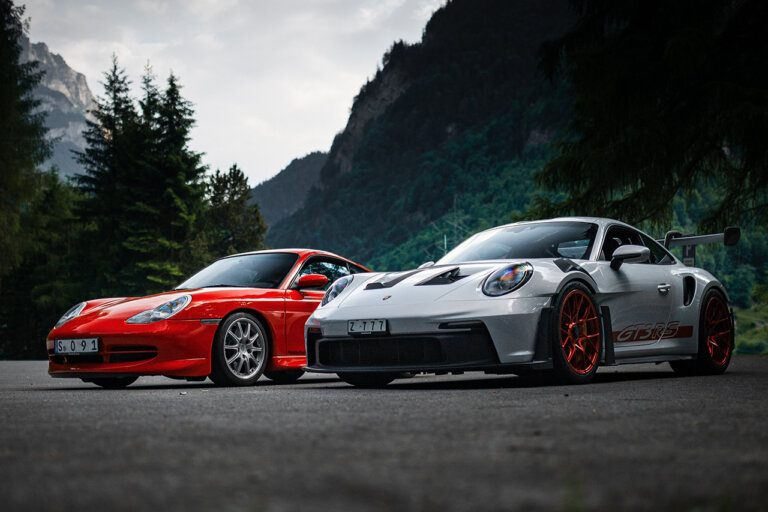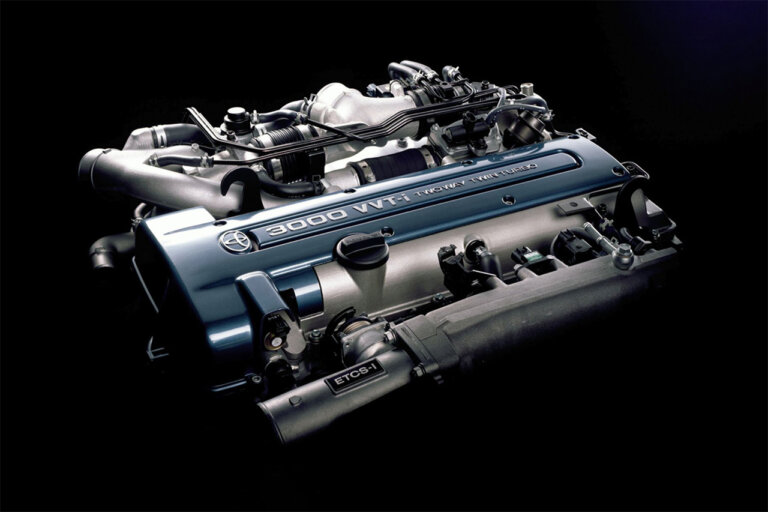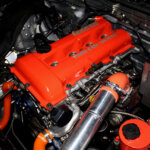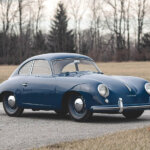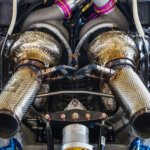Ferrari in Motorsports
Grand Prix & Formula 1 Racing
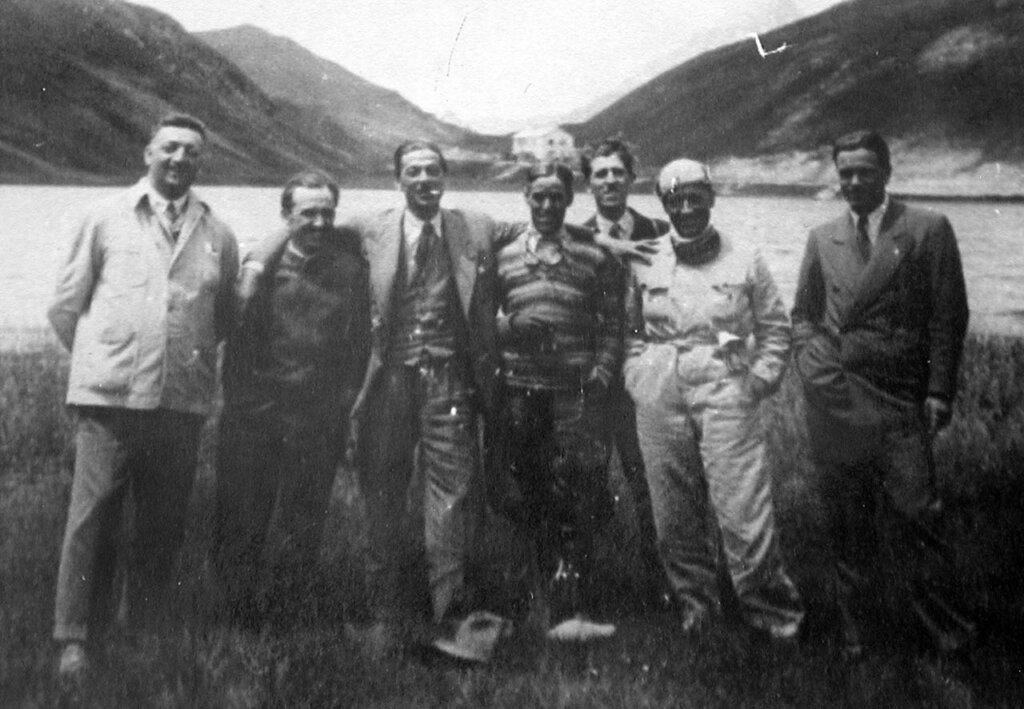
Source: Prospero Gianferrari Archive via Wikimedia Commons
A decade prior to the formal founding of Ferrari, Scuderia Ferrari was conceived as a Grand Prix racing powerhouse and had a close association with the esteemed automaker Alfa Romeo, where Enzo Ferrari had previously worked during the 1920s. Alfa Romeo provided racing cars to Scuderia Ferrari, which the team meticulously fine-tuned and customized to meet their exacting standards. The 1930s witnessed a glorious era for Scuderia Ferrari, boasting a roster of legendary drivers, including Antonio Ascari, Giuseppe Campari, and Tazio Nuvolari, and achieving a remarkable 144 victories out of 225 races between 1929 and 1937.
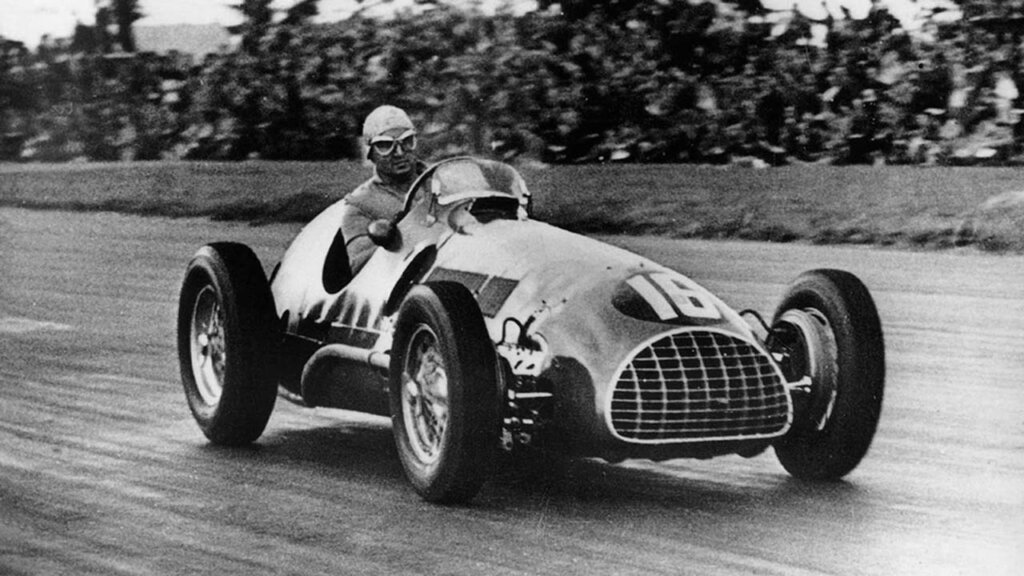
Source: Ferrari Media Centre
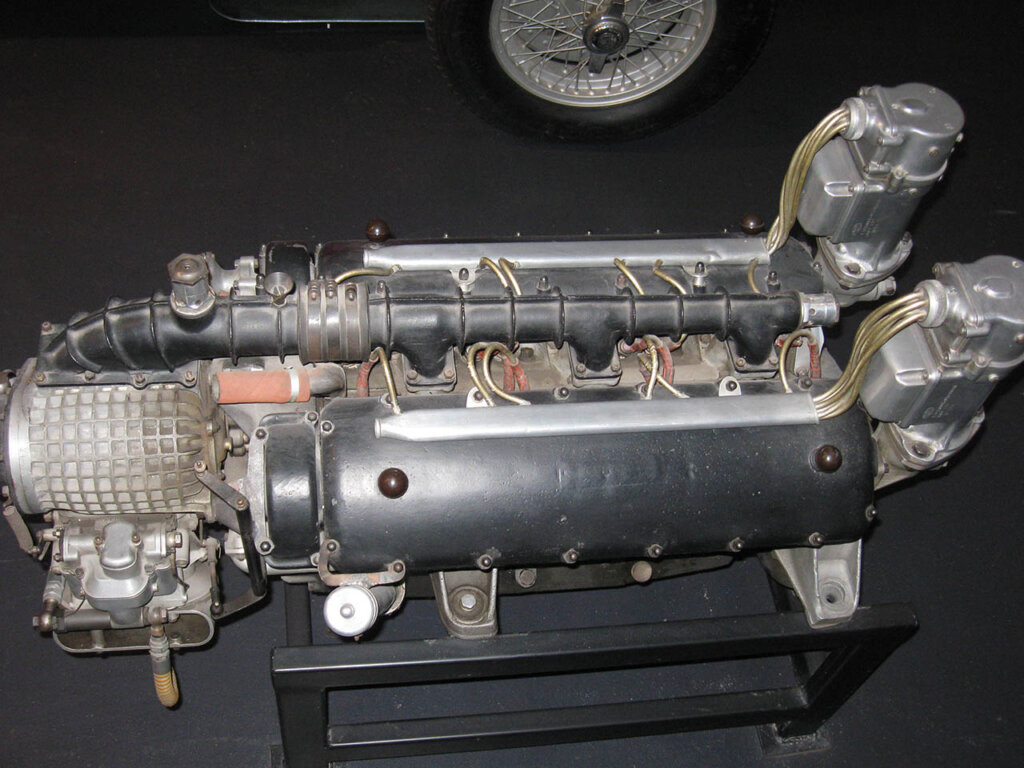
Source:LarryStevens via Wikimedia Commons
As Grand Prix racing was evolving into the modern-day Formula One, Ferrari reentered the fray. The team introduced its first in-house Grand Prix car, the 125 F1, at the 1948 Italian Grand Prix, impressively validating Enzo Ferrari’s decision to persist with the demanding Grand Prix racing program. Ferrari’s maiden victory in an F1 series came at the 1951 British Grand Prix, signaling their dominance during the 1950s and early 1960s. In fact, from 1952 to 1964, Ferrari clinched six World Drivers’ Championships and a Constructors’ Championship, with iconic drivers like Alberto Ascari, Juan Manuel Fangio, Phil Hill, and John Surtees leading the charge.
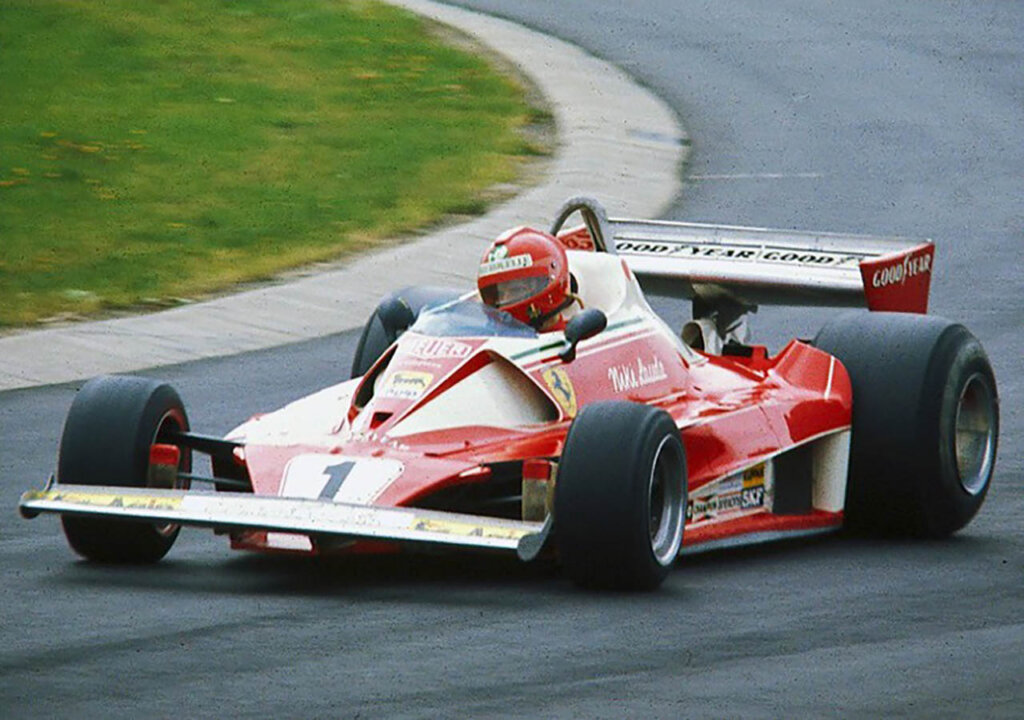
Source: Lothar Spurzem via Wikimedia Commons
However, their early successes waned after 1964, as they faced fierce competition from teams equipped with the cost-effective Cosworth DFV engine in the late 1960s. A resurgence occurred in the mid-1970s, thanks in part to the exceptional skills of Niki Lauda, who secured drivers’ titles for Ferrari in 1975 and 1977. Similar achievements followed in subsequent years, with notable drivers like Jody Scheckter and Gilles Villeneuve contributing to another Constructors’ Championship win in 1983.
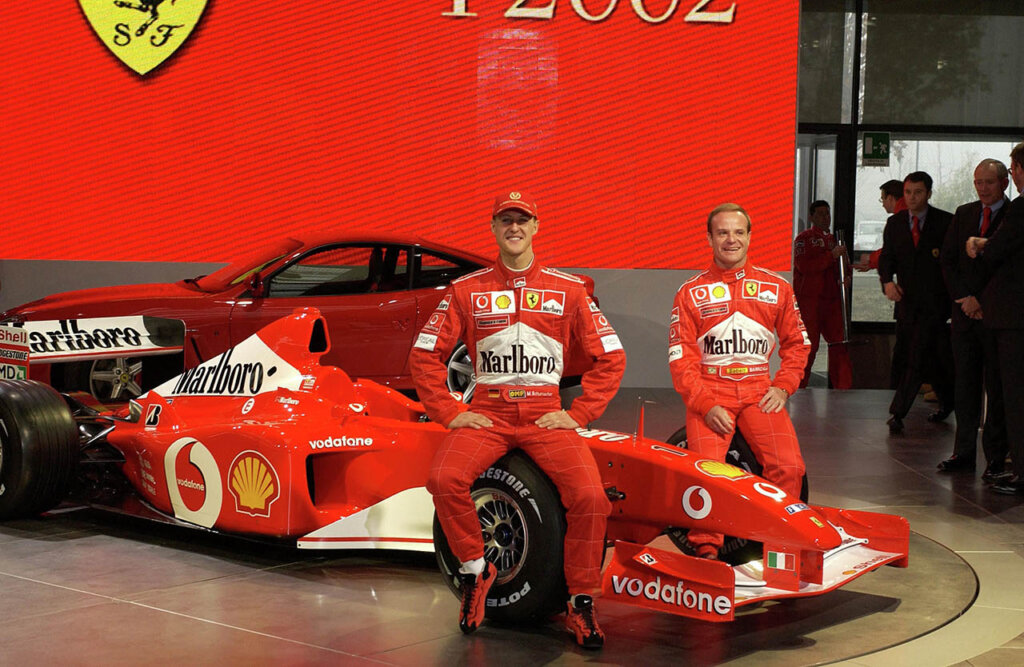
Following a period of relative drought in the 1980s and 1990s, Ferrari enjoyed an extensive winning streak in the 2000s, largely propelled by the exceptional talent of Michael Schumacher. Schumacher, who joined Ferrari in 1996, clinched five consecutive drivers’ titles between 2000 and 2004, complemented by six consecutive constructors’ titles starting in 1999. The peak of their dominance was the 2004 season when they lost only three races. Despite Schumacher’s departure, their racing team secured one more drivers’ title, awarded to Kimi Räikkönen in 2007, along with Constructors’ Championships in 2007 and 2008. These remain the team’s most recent titles to date, as Ferrari has faced formidable challenges from resurgent teams like Red Bull and Mercedes-Benz in recent times.
Le Mans & Other Racing Competitions
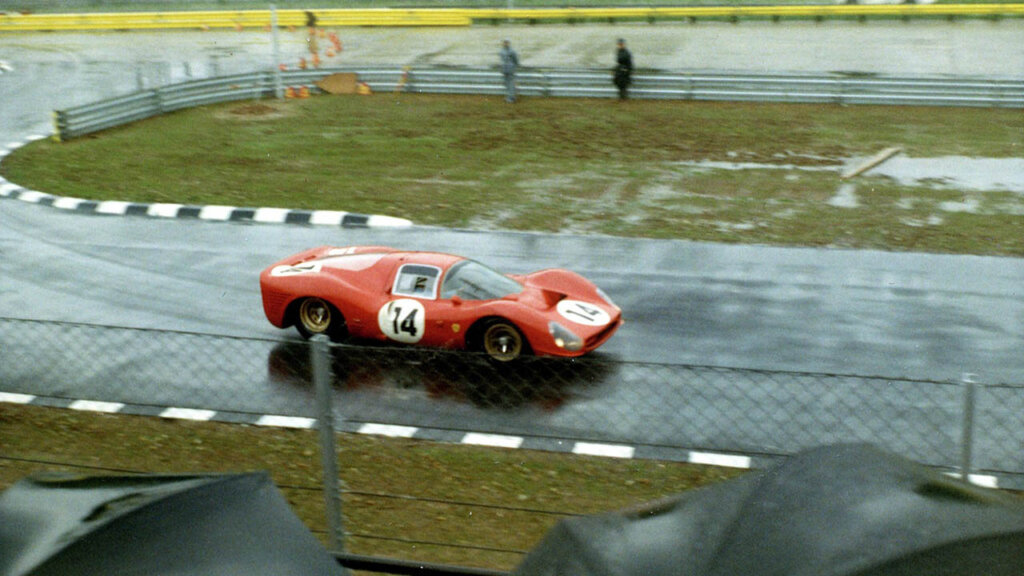
Source: Ferrari Media Centre
In addition to Ferrari’s success in Grand Prix and Formula 1, Ferrari continued in the ensuing years in other racing competitions, with remarkable achievements such as three World Sportscar Championships, seven Mille Miglia victories, and two triumphs at the 24 Hours of Le Mans by 1957, only a decade after their entry into the sport. The winning streak extended into the early 1960s, with Ferrari clinching the WSC’s 2000GT class title three times consecutively and securing first place at Le Mans for six consecutive years. However, Ford ended Ferrari’s Le Mans dominance in 1966. Although Ferrari captured two more WSC titles in 1967 and 1972, financial issues and Formula One struggles prompted the company to withdraw from sports car events in 1973. While Ferrari continued to assist privateer teams in preparing sports racing cars, it refrained from direct participation.
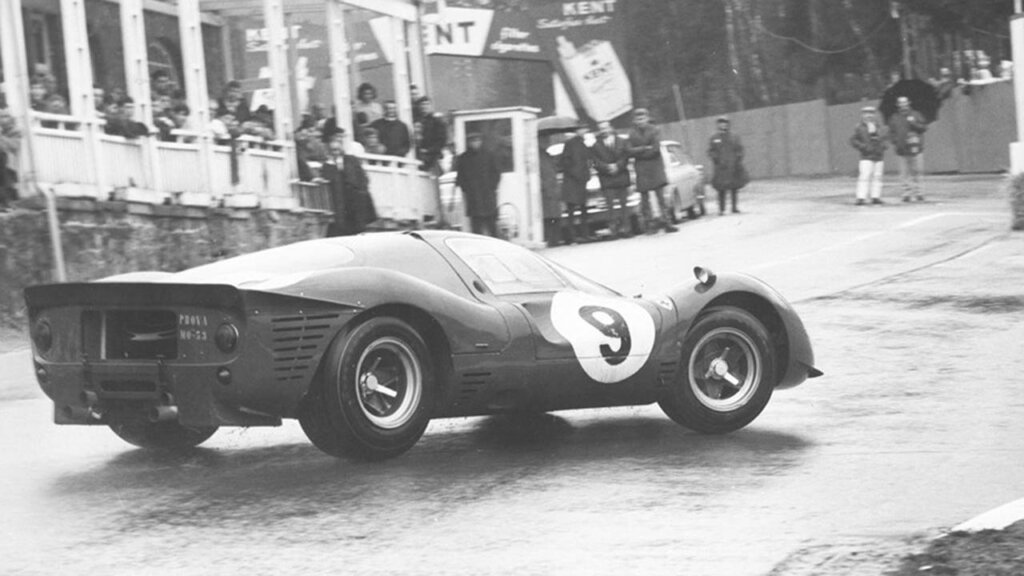
Fast forward to 2023, Ferrari made a triumphant return to sports car racing. Partnering with AF Corse, Ferrari entered two 499P sports prototypes for the 2023 FIA World Endurance Championship. To mark this comeback, one of the cars bore the number “50,” symbolizing the five decades since a factory-backed Ferrari had competed in endurance racing. The 499P claimed victory at the 2023 24 Hours of Le Mans, ending Toyota’s six-year reign and marking Ferrari’s first Le Mans win in 58 years.
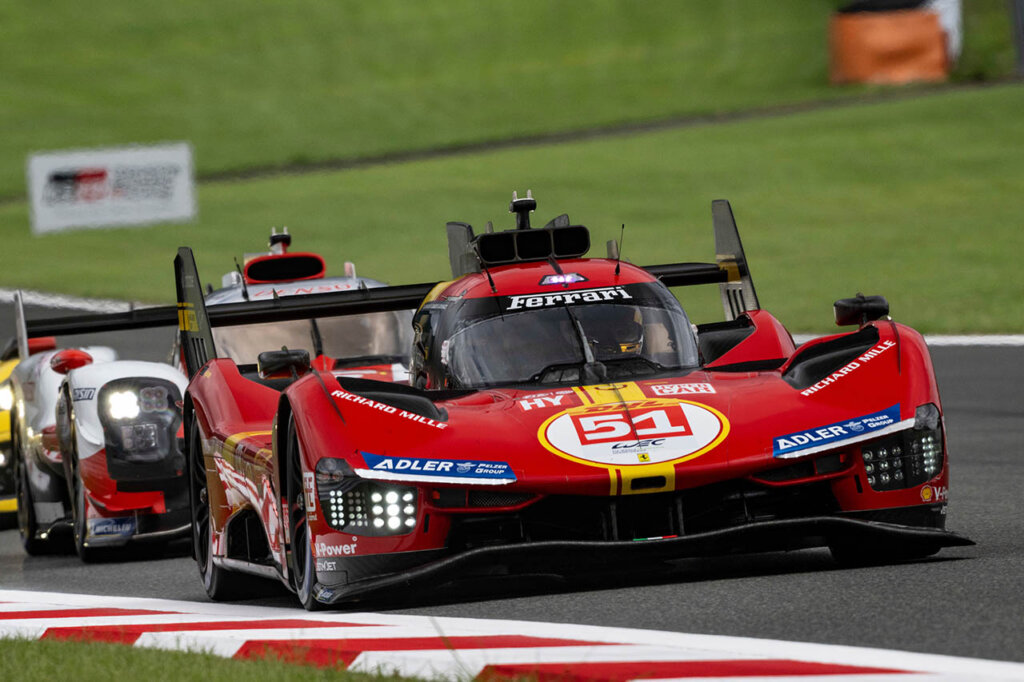
Source: Ferrari Media Centre
